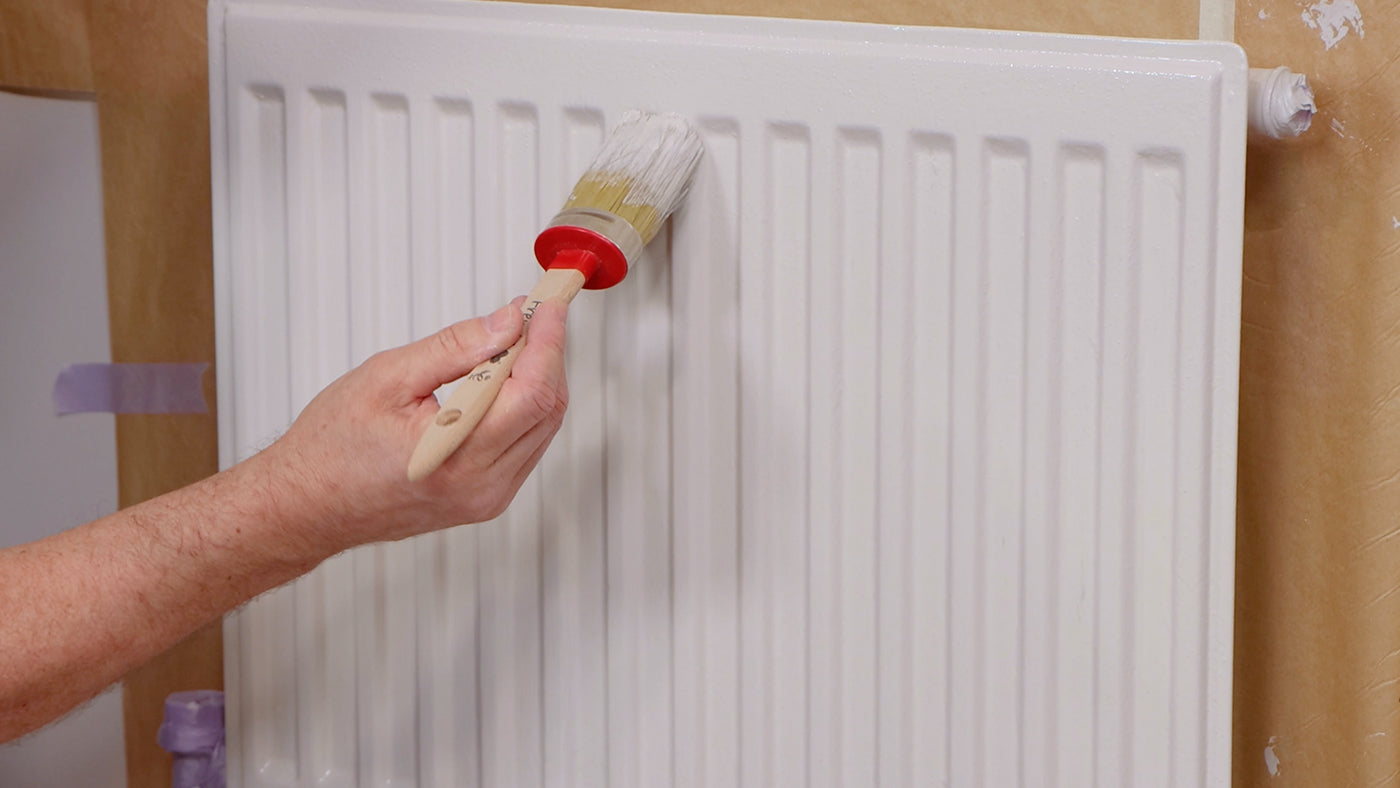Key FAQ Points:
- Pressure-treated wood has had chemicals forced through the timber to prevent decay or improve fire resistance.
- You need to ensure the wood is in suitable condition for painting and dry.
- You’ll also need to clean your wood before painting to remove dirt, mould and chemical residues.
- Self-priming paint is recommended and you should always check the weather and conditions before painting outside.
Understanding pressure-treated wood
Pressure treatment is a process that forces chemicals into timber. It’s commonly used to preserve materials, preventing decay and rot. Fire retardants are another chemical often applied to wood through pressure treatment.
The high pressure used in this process means chemicals get deep into the timber, treating the wood throughout rather than just at surface level.
Pressure-treated wood has a wide range of applications, including structural elements like interior framing and roof joists. But wood is also pressure-treated for a variety of outdoor elements like fences and pergolas and outdoor furniture. It is also used for sheds and garden rooms – for these, it is good practice to check with the manufacturer regarding suitability for painting.
Painting pressure-treated wood
Ensure that your pressure treated wood is kiln dried so that it is suitable for painting – check with your supplier if it is new.
Cleaning the wood
Once wood is completely dry, you’ll need to clean it. This is an important step to remove any dirt, mould or chemical residues. You’ll need a nylon bristle brush and oxygenated cleaner. Avoid cleaners with chlorine bleach, as these can damage the treated wood and affect its appearance.
Simply apply the cleaner using the manufacturer’s instructions then scrub to clean the wood. Some products need to sit on wood to work, while others should be washed away before setting.
Painting pressure-treated wood
We advise using a self-priming paint like Frenchic’s Al Fresco collection. This eliminates the need to buy extra products and will save you time and effort as you don’t need to prime your wood. Al Fresco paints are also resistant to water and UV rays, making them ideal for outdoor use.
Pressure-treated wood can be painted by brushing, rolling or spraying. Find out which is best for you in our dedicated guide: Brushing vs Rolling vs Spraying.
As always, follow the manufacturer’s instructions for recommended coverage and drying time between coats. If you’re painting outside, take a look at our guide to weather and conditions for the best results.
Painting vs the alternatives
As a final point, it’s worth considering the alternatives to paint if you’re looking to protect or change the appearance of pressure-treated wood. Wood stain and wood varnish offer similar protection with a different finish, as discussed in our post on the best paint for wooden garden furniture.








